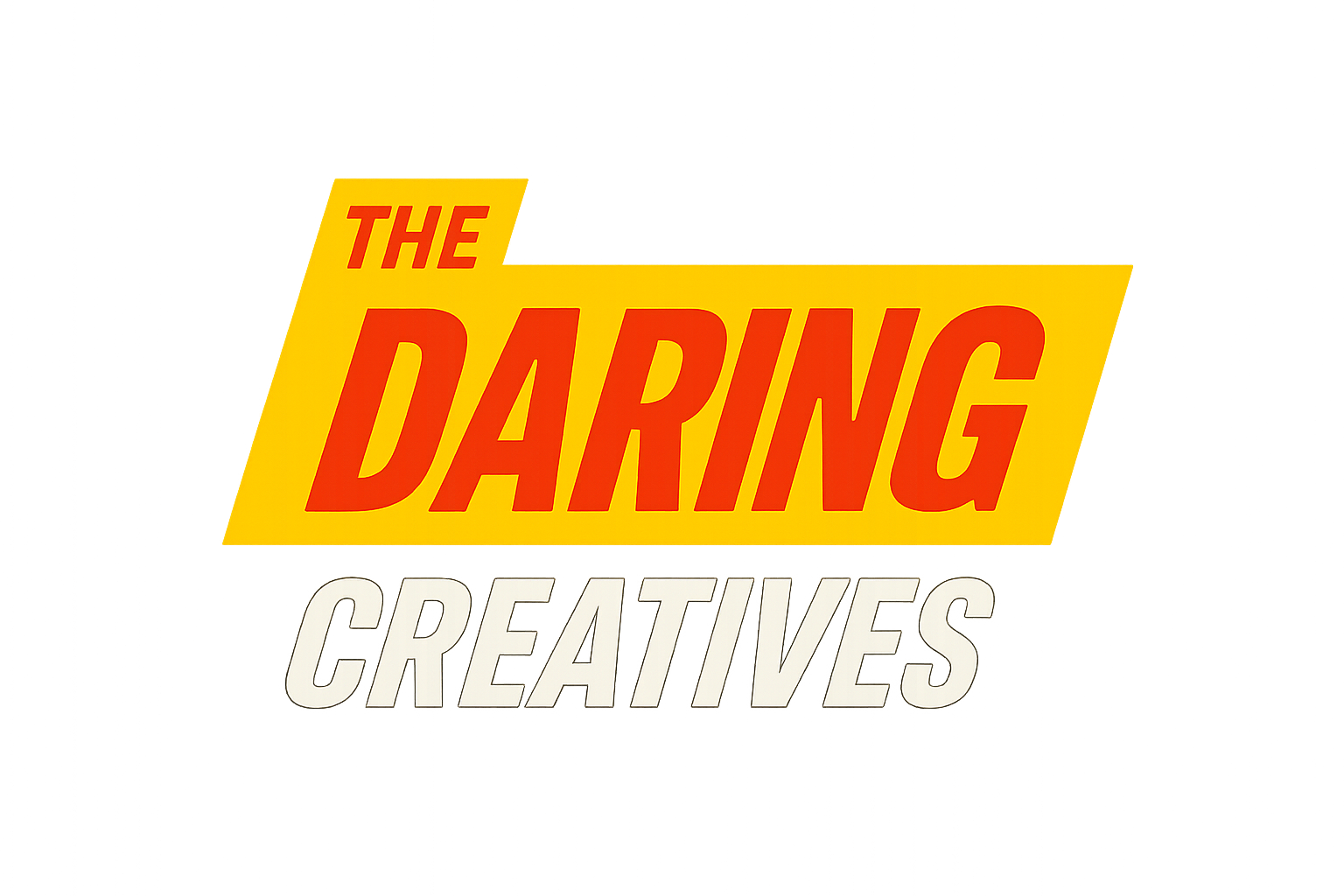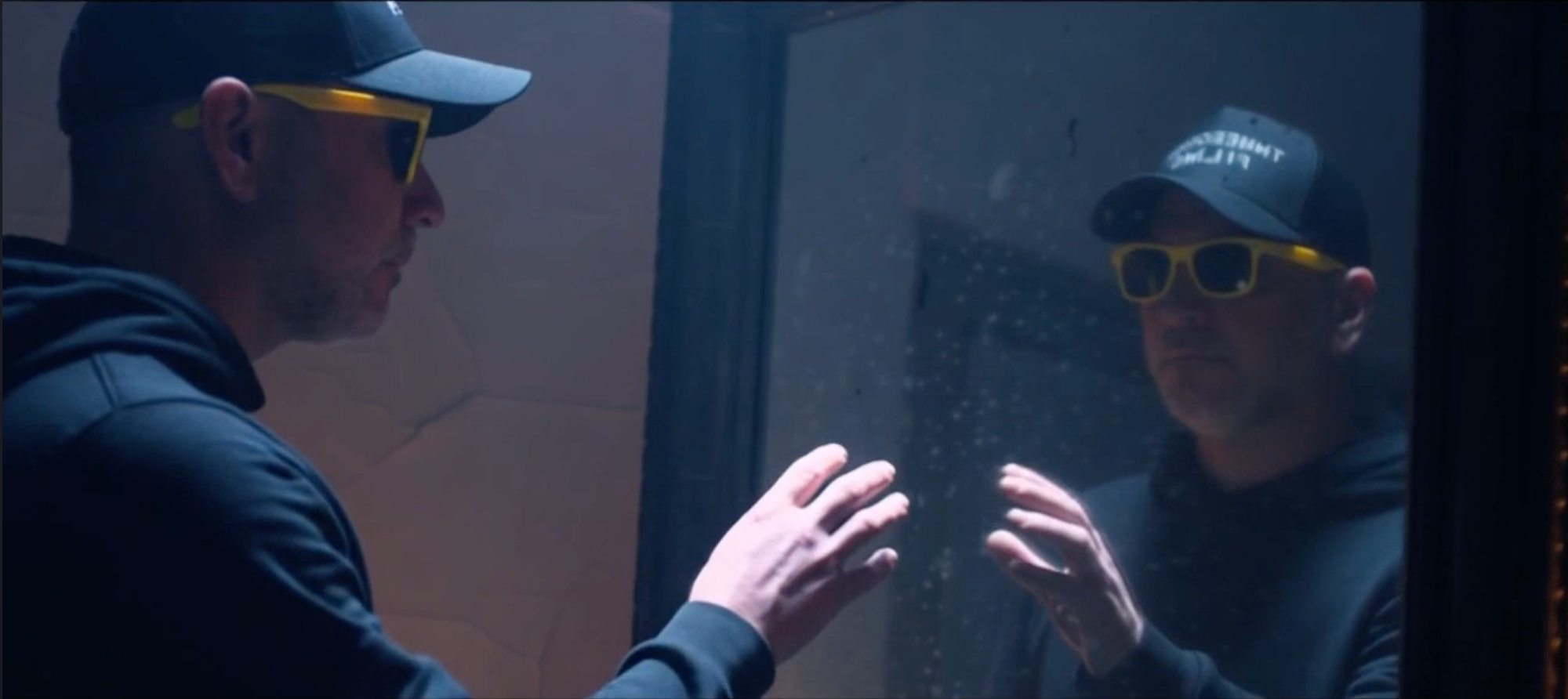There’s a difference between telling AI what you want and showing it how to see.
Anyone can type “make it cinematic,” but when you start giving direction—when you describe where the light falls, how the camera moves, and what emotion lingers under the surface—the model begins to act less like a generator and more like a crew. That’s the shift from prompting to directing.
Where This Approach Began
The seed for this idea came from studying a filmmaker and AI creator named Keigo Matsumaru, whose haunting short Amplifying Screams on Sora became a quiet benchmark for me in the world of cinematic prompting. His prompts didn’t read like requests. They read like production sheets—camera notes, lighting cues, emotional tempo. They were built the way a cinematographer thinks, with rhythm and intention.
When I first read his structure, something clicked. It wasn’t just about describing a scene; it was about orchestrating one. Every section—Subject, Lighting, Camera, Coverage, Sound—was a layer of control. Matsumaru was directing the model like it was a crew. That mindset is what inspired the experiment that followed.
The Scene That Made It Real
A few nights later, I built a short sequence called The Mirror That Remembers. It was loosely inspired by that moment in The Matrix when Neo touches the mirror and it turns to liquid—but I wanted it slower, quieter, and more human.
The man in the scene (me in cameo @daring) is fifty years old. He doesn’t speak. He simply stands in a dusty attic, lit by a single candle. His reflection lags behind him by half a second, trembling like it’s alive. When he finally reaches out, the mirror softens and begins to pull toward his fingertips.
Here’s the literal prompt that created it, written using Matsumaru’s structure as a foundation:
keigo_style / @daring
# The Mirror That Remembers
## Subject / Scene Settings
- Audience: {locale="EN"}; Narrative tone: meditative dread, slow transcendence
- Subject type: male, age 50; lined face, cautious reach; silent recognition
- Environment: attic room; cracked plaster; candle beside antique mirror
- Key features: reflection delayed; surface tension shifts like liquid mercury; ripples tighten when touched
- Scale: waist-up; mirror fills frame; reflection warps around fingertips
- Motion: dolly push; shallow handheld; slow pull as hand sinks into glass
## Lighting / Grade
- Lighting: single candle key + moon rim; soft neg fill; low haze for diffusion
- Grade: blue-gray mids with amber highlights; slight bloom; grain and halation
## Visual Taste / Camera / Lens
- Visual taste: neo-gothic surreal; restrained sci-fi undertone
- Background: minimal texture; motionless air
- Camera: MS→CU→ECU; focus pulls between hand and reflection; mirror POV insert as surface liquefies
- Lens: 50mm feel; shallow DOF; cinematic softness on transitions
## Coverage / Persist
- Coverage: master + hand insert + reflection distortion
- Persist: mirror liquid physics continuous; reflection fades to silhouette; final frame still
## Audio (BGM & SFX)
- BGM: low cello drone + subharmonic tone (steady rise to 86 BPM pulse, fade)
- SFX: mirror tension hum, faint suction, heartbeat low-pass swell
- Cues: [0.0] low hum; [2.5] surface oscillation; [5.0] contact; [7.5] pull; [9.0] silence
What matters here isn’t the formatting—it’s the mindset. This kind of prompt reads like a miniature film blueprint. It defines physics, pacing, and atmosphere. It gives the model something to film. That’s what cinematic prompting is about: thinking like a director, not a decorator.
The Language of the Lens
Film terms can sound intimidating, but they’re really emotional cues. A wide lens exaggerates space and makes people feel small. A 35mm lens feels human and immersive. A 50mm lens feels intimate—close, but still breathable. An 85mm isolates emotion and compresses distance, great for psychological tension.
When I wrote “50mm feel,” I wasn’t chasing accuracy. I was setting proximity. I wanted the viewer to stand close enough to feel the candle’s warmth and see the reflection tremble, but not so close that it felt claustrophobic. That’s what directors do—they decide where the audience stands.
Light as Language
Every emotional cue begins with light. In this scene, there’s a single candle key—warm and flickering—balanced by a thin rim of moonlight leaking through a cracked window. That contrast tells the entire story: life versus memory, warmth versus detachment. When you write prompts, light is your tone of voice. Saying “candle key with moon rim” communicates more about feeling than “moody lighting” ever could.
Motion Is Emotion
Camera movement shapes how we feel time. A locked-off shot feels formal. A slow dolly push feels like realization. A handheld drift adds unease.
In The Mirror That Remembers, the camera moves gently forward as the reflection wavers, then pulls back as the mirror turns fluid. The motion feels like breath—the rhythm of hesitation and release. Cinematic prompting works because it expresses emotion through movement, not adjectives.
The Takeaway
You don’t need to know every technical term to write like a director. You just need to think like one. Ask where the viewer stands (that’s lens), where the light comes from (that’s tone), and what moves first—the subject or the camera (that’s emotion). Once you start answering those questions, your prompts gain gravity. The AI stops painting—it starts shooting.
Cinematic prompting isn’t about learning every camera spec. It’s about precision with purpose. It’s about giving structure to imagination. When you describe less and decide more, your prompts stop feeling random—they start feeling real.
So next time you sit down to write, don’t describe an image. Stage a moment. Give it rhythm, contrast, silence, and weight. Direct it. And if this approach resonates, take a moment to explore the work of Keigo Matsumaru—because this entire shift in how we think about AI imagery began with his willingness to write like a filmmaker.


